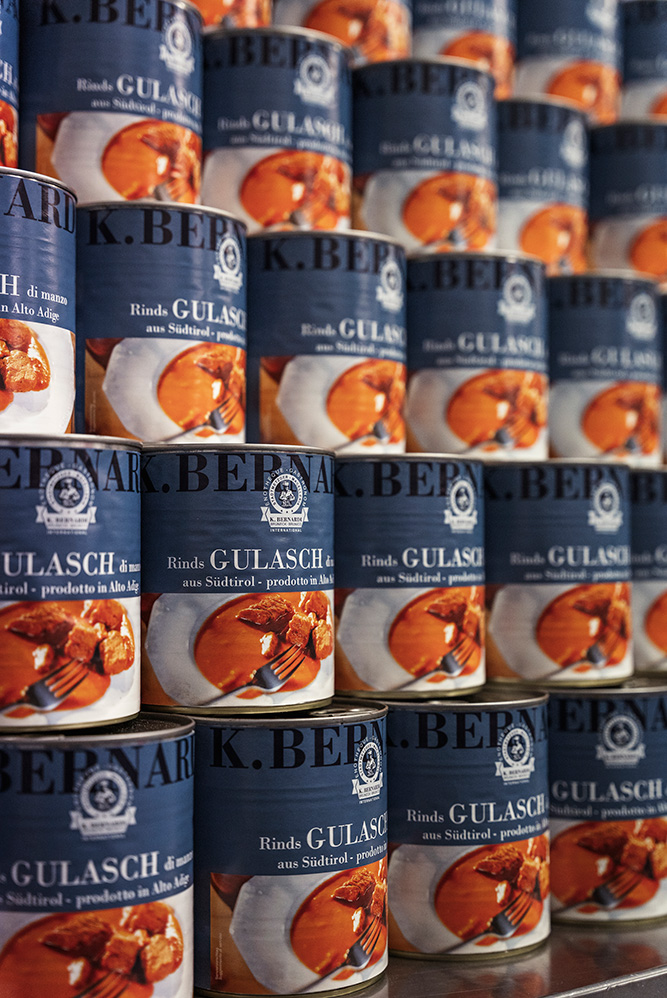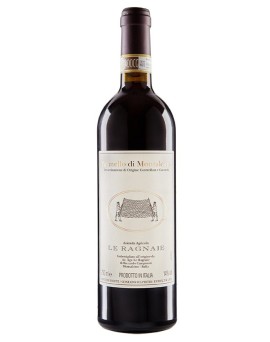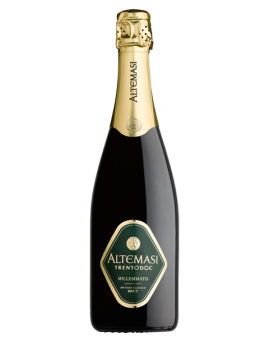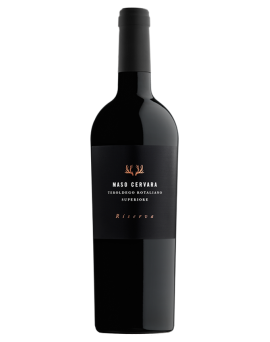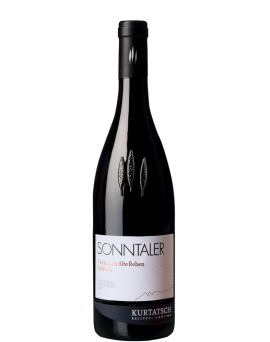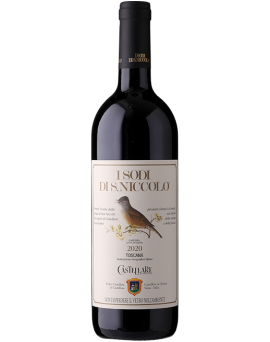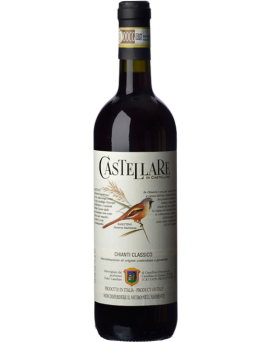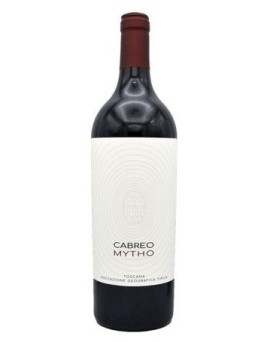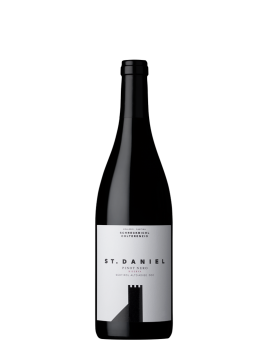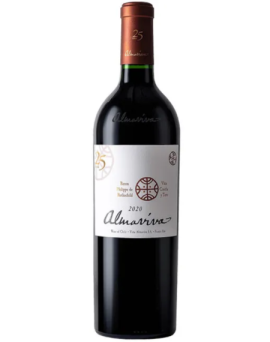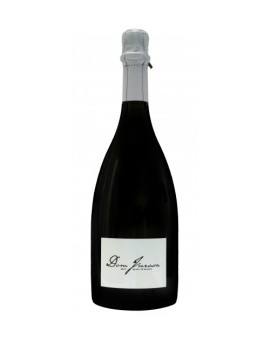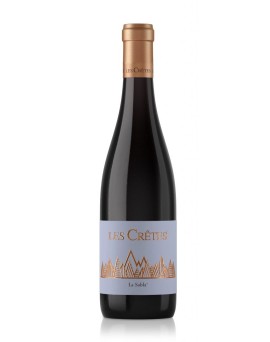Basket
0
Active filters
Trento DOC Altemasi...
Millesimato<br />Altemasi Trentodoc<br />Grape varieties<br /><br />Chardonnay only.<br />Vineyard area<br /><br />Vineyards with a great sparkling wine vocation in Trentino (Valle dei Laghi and the hills of Trento), located between 450 and 600 metres above sea level.<br />Ageing on yeasts<br /><br />Over 24 months.<br />Characteristics<br /><br />Persistent mousse with very fine-grained perlage. Straw yellow colour with greenish highlights. Complex, very fine bouquet, with pleasant fruity notes of citrus and peach.<br />Dry, pleasantly fresh flavour with a good, balanced structure.<br />Pairings<br /><br />Excellent as an aperitif and with fried prawns or escalopes alla livornese.<br /> <br /><br /> <br />More Info<br /><br />The most known and traditional Altemasi label is the Millesimato, sparkling Traditional Method Blanc de Blancs, whose mark is the elegance obtained from the long<br />maturation on the yeasts (over 24 months). Elegance and finesse are linked to the fruity and mineral bouquet.<br />Tasting Notes<br /><br />Persistent foam with minute fine-grain perlage. Straw yellow colour, with very faint greenish tinges. Complex, highly refined nose, fruity, mineral,with light notes of bread<br />crust. Dry, pleasantly fresh on the palate, with a good, balanced structure.<br />Vineyard<br /><br />The vineyards in Trentino most ideally suited to producing sparkling wines (the hills around Trento, the Valle dei Laghi and the Brentonico Plateau).<br />Preservation<br /><br />Horizontal bottle in a cool and dark space.<br />
Price
€21.50
Teroldego superiore Riserva...
Teroldego Rotaliano Superiore DOC Riserva<br />THE MASO<br /><br />Within the framework of Trentino oenology, Teroldego has always had a prestigious role and for this reason it is called the 'prince wine' of Trentino. No one has so far<br />been able to say anything certain about its origin. Some say that a long time ago the Teroldego, a vine variety cultivated in the Veronese area, was brought to that large<br />nest called Campo Rotaliano, others, instead, date its origins back to the hills of Sorni, while others maintain that the name Teroldego derives from the German Tiroler Gold,<br />that is, Gold of the Tyrol. What is certain is that the first entry of the name of this vine in literature dates back to the 18th century in the oenological disquisitions of<br />Michelangelo Mariani, historiographer of the Council of Trent.<br /><br />Production area: from vineyards located in the most suitable areas of Campo Rotaliano in Trentino, in the municipality of Mezzolombardo. The soil is alluvial on gravel<br />banks of the Noce torrent, shallow, tends to be loose and well drained.<br /><br />Grape varieties: 100% Teroldego, a native Trentino vine. The yield per hectare is limited to no more than 80 quintals of grapes per hectare.<br /><br /><br />Analytical data: -Alcohol: 13,50% vol -Total acidity: 5,20g/l -Net dry extract: 30,80g/l-Sugars: dry-Contains sulphites<br /><br />Organoleptic characteristics: extremely dense ruby red wine with violet hues. The nose presents aromatic notes of small red fruits and violets. Important, well-structured on<br />the palate, balanced and enveloping thanks to the sweet tannins. The taste has an intense aftertaste of blackberry and blueberry.<br /><br />Pairings: Roasted red meats, game and very mature cheeses.<br />Serving temperature: 16 -18°C<br />
Price
€27.70
Vernatsch alte Reben...
SONNTALER<br />South Tyrol Vernatsch DOC Old Vines<br />300-400 m a.s.l., east, steep and sloping site<br />Large day/night temperature differences<br />Red sandy-loamy soils with dolomite, porphyry and clay minerals<br />Alcohol: 12.5 % vol.<br />Total acidity: 4,8 g/l<br />Residual sugar: 1,9 g/l<br />Yield per hectare: 75 hl<br />Optimum age for drinking: 2-4 years<br />Method of cultivation: sustainable<br /><br />Grape variety: Vernatsch<br />Vinification: Temperature-controlled fermentation of the must in steel tanks, malolactic fermentation and ageing in large oak barrels.<br />About the wine: Vernatsch SONNTALER is a blend of our oldest vineyards. The vines are between 60 and 90 years old. Old vines naturally produce low and therefore very<br />high quality yields. Traditionally, the SONNTALER is a blend of different Vernatsch varieties with a high percentage of Grauvernatsch. The ideal terroir and the traditional<br />ageing in large Slavonian wooden barrels give a wine with a complex aroma of raspberries, wild strawberries, cherries and red currants. The elegant, slender body is<br />gripping on the palate. Fine-grained tannins give the smooth, varietal fruitiness a long and hearty finish. SONNTALER: the classic.<br /><br />Vernatsch is considered the lightest red wine variety in the world, which is why the drinking temperature is particularly important: we recommend 13°C!<br />
Price
€16.80
Cabreo Mytho IGT 2019 750ml
The Wine<br /><br />For over five years, Cabreo has expressed the perfect harmony between tradition, innovation and suitability for the territory in which it is born: Greve in Chianti. This wine<br />is the result of a careful blend of Merlot, Cabernet Sauvignon and Sangiovese, which respectively give softness, strength and elegance, and of a long aging in small French<br />oak barrels.<br />Vintage: The 2020 vintage is purple red, crystalline and bright, on the nose it presents a synergistic sensorial profile between the descriptors of wood and those of<br />cabernet. Partially tamed by the softness of the merlot. In the mouth it expresses the young maturity of a great red, alternating pleasant tannic sensations with sweet vinous<br />sensations. Nose and mouth constantly evolving in the glass. Descriptors: cherry, coconut, chocolate, vanilla and final tobacco and infusions.<br />Pairing: it goes perfectly with all meat dishes, great cheeses, or just enjoyed with friends.<br />First vintage: 1982<br />Shelf life: up to 20-30 years<br />Curiosity: The word Cabreo, as per authentic Tuscan tradition, indicates maps of the estates owned by the great Florentine families<br /><br /><br />The Field<br /><br />Production Area: wine made from grapes grown on vineyards of Tenute del Cabreo located in the<br />hills of Greve in Chianti<br />Altitude: about 300 MSL<br /><br /><br />The Grapes<br /><br />Grape varieties: Cabernet Sauvignon, Merlot and Sangiovese<br />Planting pattern: 3,000 - 5,000 plants per hectare<br />Production per hectare: on average 7 tons of grapes<br />Grape yield: about 65%<br /><br />In the winery<br /><br />Vinification: in stainless steel vats at a controlled temperature of 28 ° C. Maceration on the skins for 18 days<br />Aging: in 225lt French oak barriques, of which 30% new, 40% one year old, 30% two years old, for 18 months<br />Refinement: in the bottle for at least 6 months<br />
Price
€180.40
Pino Noir reserve 2022...
St. Daniel<br />Pinot Noir Riserva<br /><br />Description: medium deep, garnet red colour, distinct, varietal aroma of cherries, red berries and spices, soft balanced medium body with fine finish.<br />Ageing potential: 6 - 8 years.<br />Recommended food: light hors d'oeuvres, veal or poultry<br />as well as strong fish dishes.<br />Serving temperature: 16° C.<br />Grape variety: Pinot noir. 15-20 year old trellis plant.<br />Sites: Vineyards in Girlan, Eppan and Montan (approx. 350 m above sea level) Soils of volcanic origin with moraine overlay. Cool microclimate with large temperature<br />differences between day and night.<br />Vinification: short cold maceration of the must. Then fermentation at about 25° C for 14 days. Biological acidification and ageing of the wine in large wooden barrels (35 hl)<br />for 2/3 and in barriques for 1/3, each for 12 months. Subsequent 1-year bottle ageing.<br /><br />Analytical values<br />Alcohol: 13,5% Vol<br />Total acidity: 5,10 g/l<br />Residual sugar: 0,6 g/l<br />
Price
€24.80
Vino rosso vin de la Sabla...
Grape variety: red, blend of black varieties.<br />Production area: La Sabla, Bufferia and Sazzé di Aymavilles.<br />Age from 20 to 70 years.<br />Soil (type, exposure, altitude): morainic, loose, sandy, steeply sloping with western exposure. Altitude 500/750 metres above sea level.<br />First year of production: 1971.<br />Annual bottles produced: 25,000.<br />Area, training system, planting density, yield: about 4.0 hectares; Guyot system; planting of 8,000 feet per hectare, rows of vines with a cordon and row pattern. Yield<br />8,000 kg/ha. Harvest: by hand, at the end of October.<br />Vinification: Destalking of the grapes, fermentation for 8 days in stainless steel at a temperature of 26 °C with daily remontages. Maturation in stainless steel for 8 months<br />and refinement for 5 months in bottle.<br />Tasting notes: intense ruby colour. On the nose fruity (raspberry) and floral (violet). Fresh and fruity on the palate, with soft tannins and hints of raspberry. Persistent<br />finish. Accompaniments: starters, first courses, cured meats, red meats, medium mature cheeses.<br />Fact: Produced by the Charrère family since 1971, this is the winery's historic wine and is today, as then, a skilful blend of red grape varieties grown in the old vineyards.<br />Sabla means sand in the local dia-lectum, due to the sandy composition of the soil.<br />Serving temperature: 16/18 °C.<br />
Price
€16.80

